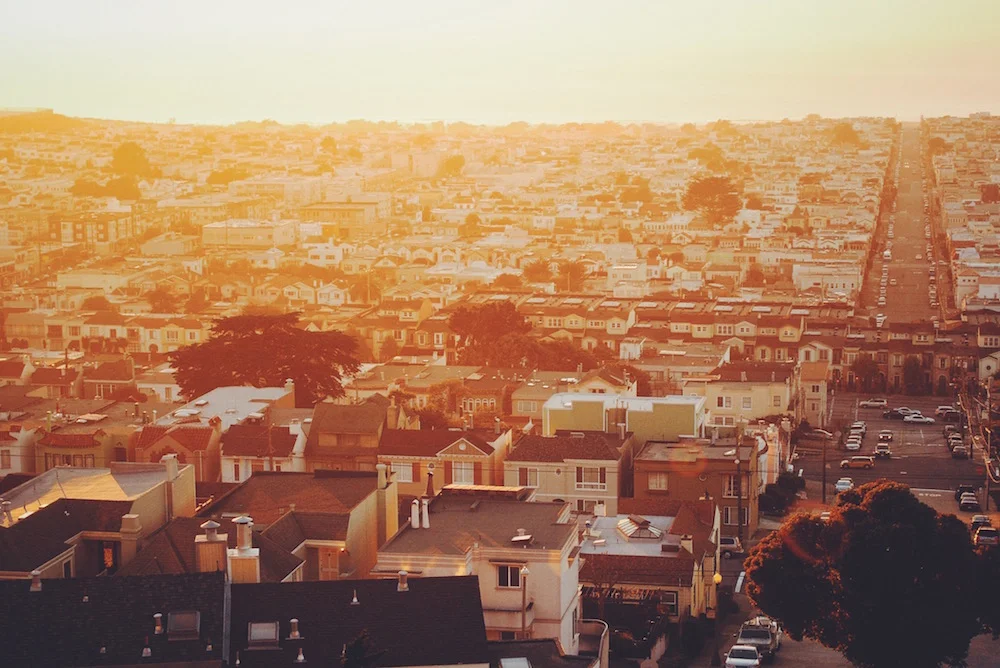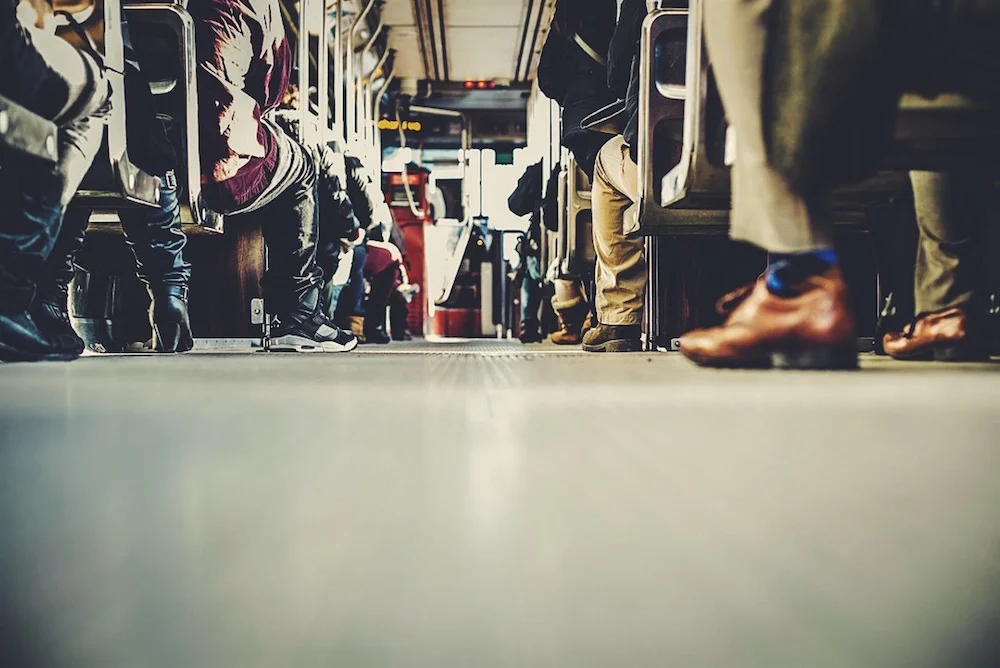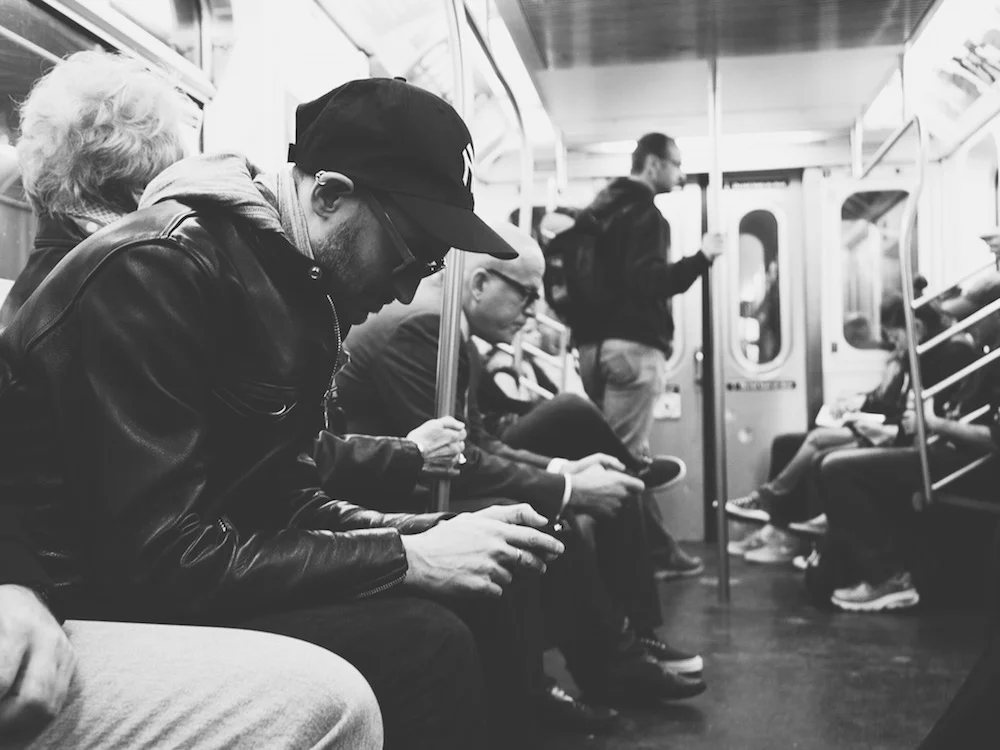Alvin Toffler: Insights into the Communication Revolution
Some words by futurist Alvin Toffler – reminding us of the radical shifts that are taking place in our social spheres and institutions today.
Read MoreSome words by futurist Alvin Toffler – reminding us of the radical shifts that are taking place in our social spheres and institutions today.
Read MoreThe people we associate with don't necessarily live right next to us. This is more common than ever before, as social media allows us to stay connected with people across the globe. Because of this (along with advanced transportation) relationships are more easily developed and maintained across city boundaries. And essentially, our urban social networks - the ones that define our lives in cities - are determined socially, much more than they are geographically.

Researchers from MIT recently published a paper that outlined this idea- that social distance is a greater determinate of city networks than geographic distance. Cities have traditionally been analyzed at the national scale, with social data and activity being compared to other cities around the country. But now the urban environment is being explored at a deeper level, and we're beginning to understand how people form sub-communities within their cities. Department of Civil and Environmental Engineering (CEE) Associate Professor Marta González, co-author of the paper explains:
"We found that geography plays only a minor role when forming social networking communities within cities. Unlike the country, cities have more dispersed communities.
The implications of this work is that by understanding how social networks are developed, and how connections are maintained, policy makers can make better informed decisions when working with different social groups. Leaders can examine social data to understand how epidemics are spread, and how new innovations should be applied in cities. Gonzalez predicts new, progressive uses for social media:
"We are envisioning social media apps for social good - in this case, sustainable adoptions in the city."
People from the same city may attend different schools, travel to far-off vacation spots, or go to various international business conferences. Knowledge is gained, experiences are had, and the relationships developed across the world are all brought back to home-cities.
When we experience these institutions and destinations, we typically experience them with others who share similar interests, socio-economic status, or career plans. The ties that we create with others at these places determine our social distance from these people, and with social media we can maintain and navigate this social relationship however closely we'd like.

The way we experience our cities is being affected by our digital connections, and therefore the urban network is evolving. Cities are traversing geographic boundaries, and people are networking with those that share common interests, passions, and goals, rather than people who live in the same area. Our country is a compilation of different cultures, all of which are found in different geographic locations. Is it not appropriate to say that our cities are adopting these same diverse characteristics?
This abstract conception of urban life is important to grasp for both scientific and personal reasons, but most of us would probably agree that physical relationships should not fall by the wayside.
The Chicago Tribune warns that neighborly relations have declined significantly since the 1950s; a fact which leads to increases in crime rates and poorer community planning efforts. A 2010 PEW study also shows that 28% of us know none of our neighbors' names, and young people are at the forefront of this somewhat depressing reality. We can only speculate why this is happening, perhaps technology is making us anti-social in 'real life', or maybe we're just afraid of people disrupting the flow of our lives.
But new social apps are trying to combat this trend. Nextdoor is a Facebook-like app which lets neighbors add each other as friends and discuss community issues. RipeNearMe is also encouraging neighborly interaction by allowing people to sell left-over produce that grows on their lawns. Our cities are so diverse, and people are associating with others based on social proximity, but apps and new technologies like these are fostering friendly engagement and exchange in both digital and physical spheres.

Our social networks are constructed from friendship, love, and the human desire to be with others. They make up our own mental infrastructure- shaping our perceptions of others and everyday experiences. Now, these networks are transitioning into the digital realm and giving us access to new global connections, but the physicality of these networks are just as important for our own well-being.

Public spaces are crucial for fostering this traditional interaction. Parks, shopping districts, co-working spaces, open-universities can serve as social hubs- places where people of different social spheres can come together in a real-life setting. With good design and proper maintenance we can ensure that these spaces offer us a meeting area to explore and strengthen our digital ties at an even greater level.
So while social networks might at times defy geography, they are enhanced and more thoroughly explored when they materialize in 'real-life'. The cities we live in today are not even close to being entirely digital, but they aren't completely physical either. We spend hours online, communicating through airwaves and searching through the 'cloud', but we still act out our daily lives with every muscle in our body. But how can we properly integrate these two dimensions, so that we can lead socially connected, and meaningful lives?
Lying somewhere between the digital and the physical is the substrand, a social strand that's neither completely digital or physical, conceptual or concrete, yet it ties us all together. We can think of it as a shared human essence- a collective understanding of what it means to be alive, and what it means to be with others. So no matter which physical city we're in or culture we're experiencing, it's from this thread that all of social life stems. It's from this strand that we can explore and derive true meaning behind our actions.

We call this a digital city not just because we're all connected in this new technological age, but because we're intertwined amongst a new social fabric- a modern social system that is both physical and virtual. The substrand manifests throughout our globally digital social networks as well as the built urban infrastructure, but the governing body of this modern urban experience remains out of sight- embedded in the depths of our own intellect.
As we navigate these new city streets, we'll need to keep our eyes peeled- our minds open. To be independent citizens, free to explore at our own will and pursue our passions, we'll need to uncover the governing laws - whether we interpret them religiously, scientifically, or spiritually - and be critically aware of the people and events that may appear as opportunities or threats.

Highly conceptual, yet surprisingly relevant, this city we all inhabit is an exciting place to learn, play, consume, and create. We can either choose to remain aloof in the digital, or keep stagnant in the physical. Or we can consciously become a citizen in this progressive, creative, and intellectual modern society. We've reached a new frontier on this journey we call life, so let's band together as we approach the exciting horizon.
this article was originally posted on 7/3
Images via unsplash
This globalization of ideas, beliefs, and cultures via technology is affecting not only individuals’ original thought, but is altering the way we interact with our physical spaces.
The famous sociologist Émile Durkheim wrote that, given the nature of our societies and the impact they have on our actions, original thought is highly unlikely. We may think that we act upon our own free will, and that all of our thoughts are generating completely by ourselves, but we are largely products of the world around us. In the digital age, we tend to believe that the all of the world’s information and knowledge is at our fingertips, and that by scouring the Web we can come to independent conclusions about the going-ons of the world. But what we are in fact interacting with is a seemingly infinite pool of information, that is aggregated from people, databases, and other inputs which are in themselves products of the societies we live in. Instead of consuming and producing original work and ideas, we are re-creating the world around us in order to fit our personal tastes or ideologies—hence, we are not creating original ideas.

Perhaps we are not even social creatures, as many sociologists believe us to be. Durkeim says that sociability is likely to have “slowly become organized in us”, as our environments have made doing so beneficial to our survival. But as digital societies are now densifying, and people are able to connect according to shared intangible interests and beliefs, it seems as if people are starting to favor impersonal interaction over face-to-face communication. The infamous Karl Marx believed in the idea of commodity fetishism- that social relationships were merely economic relationships between money and commodities. Marx might now describe our current situation as one of ‘communication fetishism’, in which our social relationships are dominated by the digital representations and extensions of ourselves on the Internet, rather than the relationships between our own physical selves (sociologist Guy Dubord deemed this the ‘Society of the Spectacle').
Regardless of whether original thought is unlikely, or if our digital societies are isolating people and commodifying our relationships, the technological revolution is a phenomenon that will not be leaving us anytime soon. Rather than condemn technology as harmful for society, we should take a functionalist standpoint, like Durkheim, and be assured that whatever society has in store for us will turn out for the best, and ultimately prove to be beneficial to mankind.